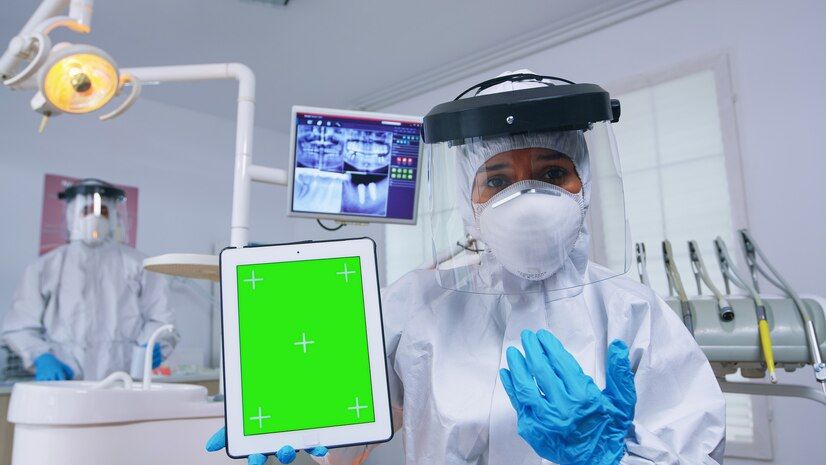Interactive Response Technology (IRT) is revolutionizing clinical trials by seamlessly coordinating every step, from patient enrollment to data collection. For trial managers, IRT provides a powerful solution to streamline operations, improve data accuracy, and increase overall efficiency.
Discover how IRT is transforming clinical trials and why it could be the game-changer you’ve been seeking.
What Is Interactive Response Technology?
Interactive Response Technology (IRT) encompasses a range of tools designed to automate and manage key aspects of clinical trials, such as patient randomization, drug supply management, and data collection. IRT systems enable real-time communication among all stakeholders involved in the trial, including researchers, sites, and participants.
Consider running a global trial with multiple sites—without IRT, managing data, patient information, and trial materials could quickly become overwhelming. Through web-based platforms and automated processes, IRT reduces human error and boosts overall operational effectiveness.
The Benefits of Interactive Response Technology
1. Streamlined Patient Randomization
One of the primary advantages of IRT is its ability to automate patient randomization. Traditionally, this process involved complex calculations and manual adjustments.
With IRT, randomization is executed with precision and speed. It reduces the risk of bias and ensures that patients are assigned to treatment groups in a fair and statistically valid manner.
For example, when you use IRT, the system can automatically assign patients to different study arms based on predefined criteria. This automation saves time and ensures that the randomization process is consistent and reproducible across different sites.
2. Enhanced Drug Supply Management
Managing drug supply in clinical trials is a complex task. IRT systems assist in tracking inventory levels, monitoring drug usage, and forecasting future needs, ensuring each site has the correct amount of drug, minimizing the risk of shortages or surpluses.
With IRT, you can monitor drug shipments in real-time, keep track of expiration dates, and automate reordering processes. This enhanced control helps maintain the trial’s integrity and ensures that all sites receive the necessary supplies promptly.
3. Real-Time Data Access and Integration
Real-time data access is essential for informed decision-making in clinical trials. IRT systems offer immediate access to patient data, trial progress, and key metrics, allowing you to monitor the trial’s status, spot potential issues, and make timely adjustments.
Additionally, IRT integrates with other clinical trial systems, such as electronic data capture (EDC) and clinical trial management systems (CTMS). This seamless integration ensures smooth data flow across platforms, reducing the risk of discrepancies and enhancing overall trial accuracy.
4. Improved Compliance and Reporting
Compliance with regulatory requirements is a fundamental aspect of clinical trials. IRT systems help you maintain compliance by providing audit trails, ensuring data security, and generating reports that meet regulatory standards.
For instance, IRT systems can automatically generate reports on patient enrollment, drug usage, and adverse events. These reports are essential for regulatory submissions and ensure that the trial adheres to the required guidelines and standards.
5. Increased Efficiency and Cost Savings
By automating processes and enhancing data accuracy, IRT systems boost efficiency and cut costs. With fewer manual tasks, there’s less room for error and reduced time spent on administration.
For instance, streamlined patient randomization and drug supply management with IRT can significantly lower trial costs, freeing up resources for other critical areas of the study.
Clinical Pursuit’s Expertise
Enhance the efficiency and accuracy of your clinical trials with Clinical Pursuit‘s advanced IRT systems. Discover how our technology can streamline your processes, reduce costs, and ensure the success of your study.
Partner with Clinical Pursuit today to take your trials to the next level.
How to Get Started with IRT
Getting started with Interactive Response Technology involves selecting the right system for your trial’s needs and integrating it into your existing processes. Here’s a quick guide to help you begin:
- Evaluate Your Needs: Assess the specific requirements of your clinical trial, including patient randomization, drug supply management, and data integration.
- Choose the Right IRT System: Research and select an IRT system that meets your needs and integrates well with your existing systems.
- Implement and Train: Work with your IRT provider to implement the system and train your team on its use.
- Monitor and Optimize: Continuously monitor the system’s performance and make adjustments as needed to ensure optimal efficiency and accuracy.

Clinical Pursuit’s advanced IRT systems enhance the efficiency and accuracy of clinical trials
Streamline Your Clinical Trials With Clinical Pursuit
Interactive Response Technology is revolutionizing the way clinical trials are conducted by enhancing efficiency, accuracy, and compliance. With its ability to automate processes and provide real-time data, IRT is a valuable tool for modern clinical research.
If you’re looking to leverage this technology in your trials or need expert guidance, Clinical Pursuit is here to help. Contact Clinical Pursuit today and find out how our advanced EDC system can make a difference in your research.







